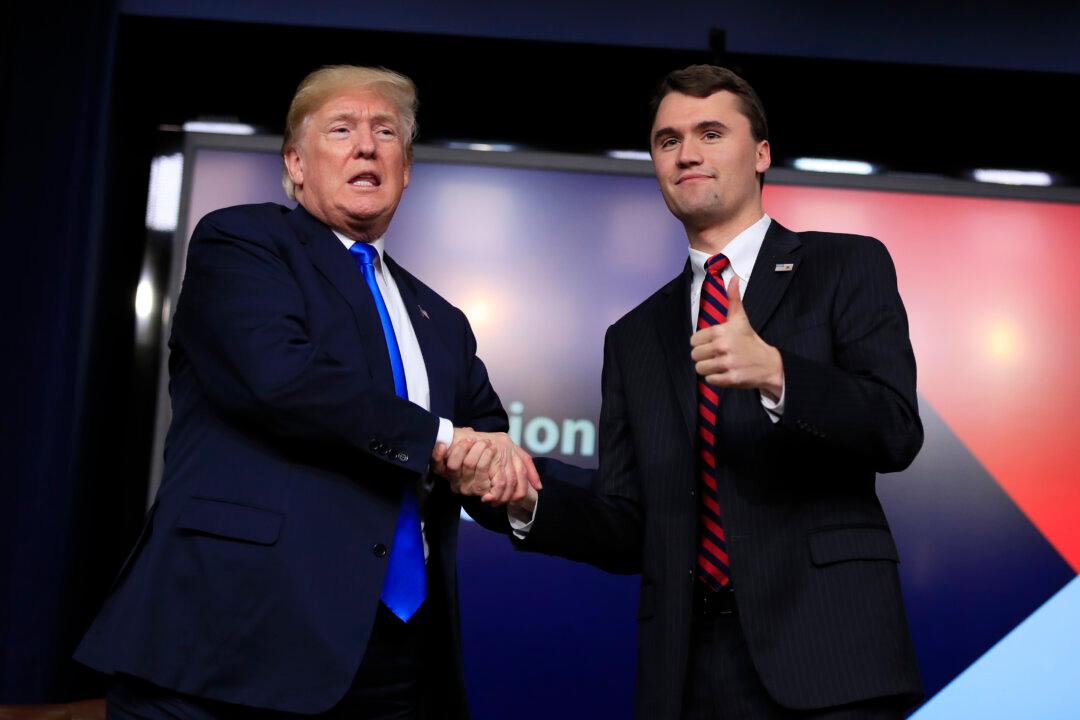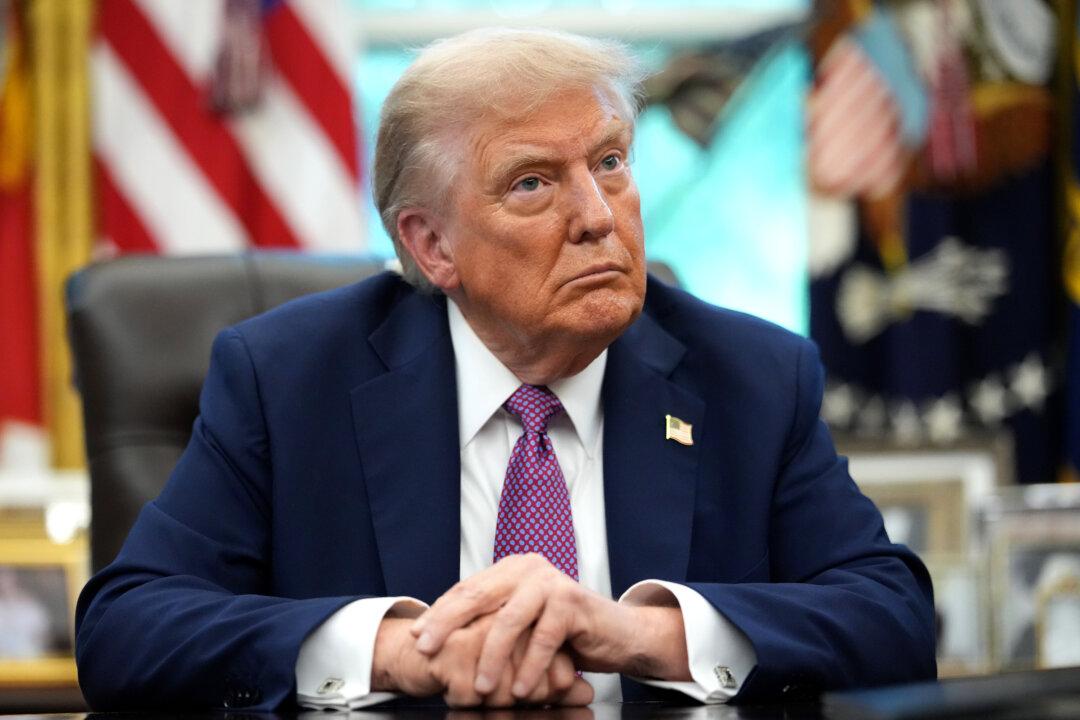WASHINGTON—The world will be watching Osaka, Japan, this week where world leaders will gather for the G-20 summit from June 28 to 29.
The meeting between President Donald Trump and Chinese leader Xi Jinping during the summit will likely grab much of the attention, as the leaders of the world’s two largest economies seek to end their ongoing trade war.





